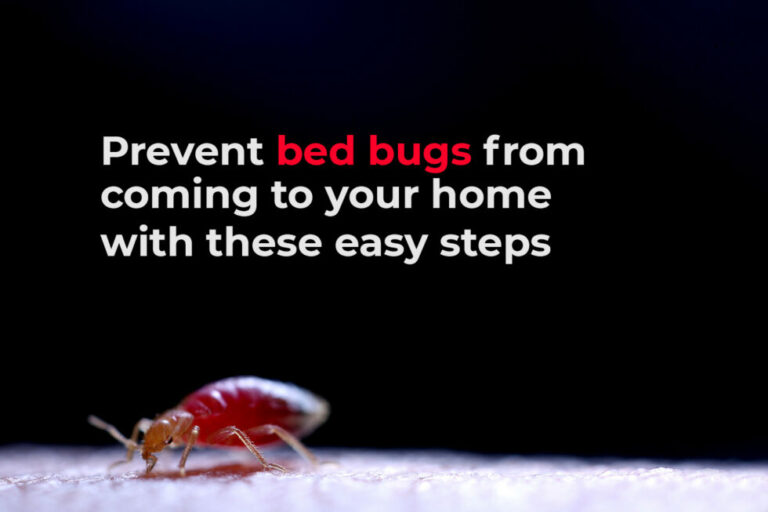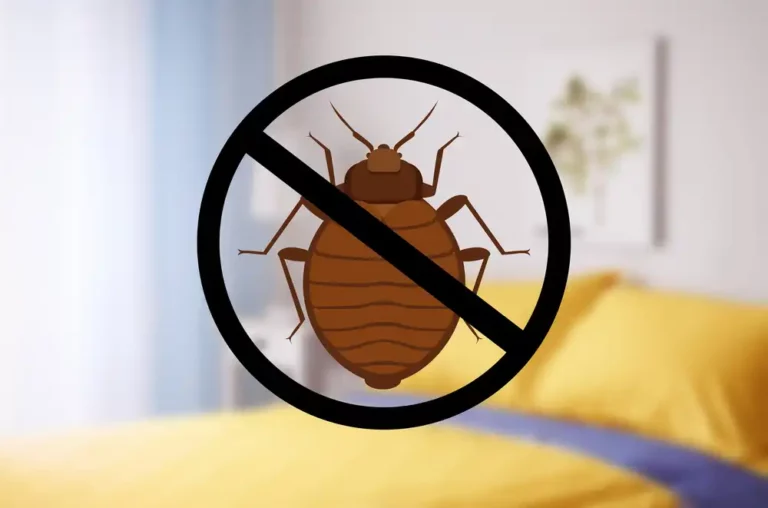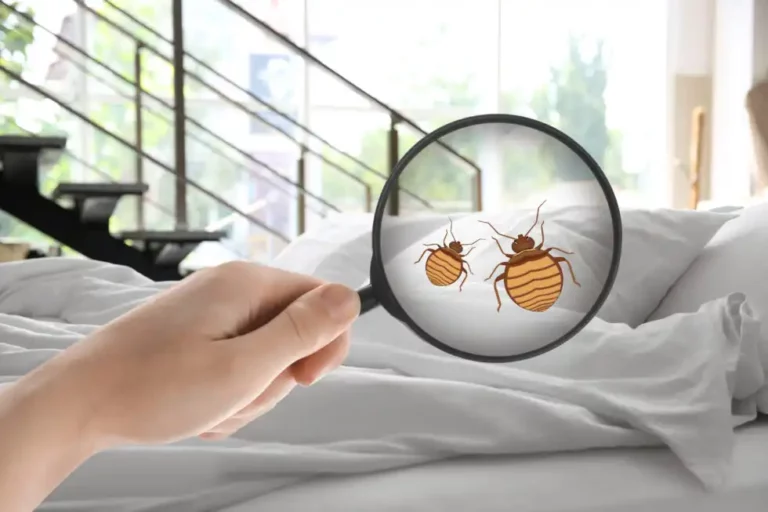Weather Conditions Bed Bug Like
Bed bugs are pesky insects that can cause many problems for homeowners. They are tiny, flat, reddish-brown bugs that feed on human blood. Bed bugs are commonly found in places where people sleep, such as beds, couches, and chairs. They can also be found in clothing, luggage, and other items brought into a home.
If you are dealing with a bed bug infestation, it’s essential to understand what weather conditions they like so that you can take appropriate measures to eliminate them. In this article, we will discuss the weather conditions that bed bugs like and bed bug heat treatments in Sacramento, California.
Bed Bug-friendly Weather Conditions
Bed bugs are resilient insects that can survive in various temperatures. However, they do have preferences when it comes to weather conditions. For example, they can survive in temperatures as low as 46 degrees Fahrenheit and as high as 113 degrees Fahrenheit, but they are less active and less likely to feed in these extreme temperatures.
Temperatures Between 70-80°F (21-27°C)
Bed bugs prefer warm and comfortable temperatures for humans, typically between 70-80°F (21-27°C). This temperature range is ideal for bed bugs because it allows them to thrive and reproduce.
Temperatures above 80°F (27°C) can harm bed bugs, as they may become dehydrated and die. However, bed bugs can survive in various temperatures below 70°F (21°C). They can enter a state of hibernation called diapause, where their metabolism slows down, and they can survive for months without feeding.
In general, bed bugs are most active at night when the temperatures are cooler and the humidity levels are higher. During the day, they will seek out dark, secluded places to rest and hide, such as in mattresses, box springs, or furniture. They are attracted to heat and carbon dioxide, so they often feed on areas of the body that are warm and exposed, such as the neck, arms, and legs.

High Humidity Levels
Bed bugs prefer high humidity levels, typically around 70%. This is because they need moisture to survive, and high humidity levels can provide the necessary water to thrive.
However, bed bugs can still stay in a range of humidity levels, from around 30% to 90%. Lower humidity levels can dry out their bodies and make it difficult for them to survive, while higher humidity levels can help them stay longer.
In addition to providing the necessary moisture for bed bugs to survive, high humidity levels can make it more difficult for other pest control methods to be effective. For example, pesticides can break down more quickly in high-humidity environments, reducing their effectiveness against bed bugs.
Controlling humidity levels in your home can be an effective way to prevent and control bed bug infestations. This can be done by using dehumidifiers to reduce humidity levels, fixing leaks or other sources of moisture in your home, and improving ventilation to increase airflow.
Darkness
Bed bugs are nocturnal insects and prefer to come out and feed at night. However, they often hide in dark crevices during the day, such as in mattresses, box springs, and furniture. This is why it’s important to scrutinize these areas if you suspect that you have a bed bug infestation.
Dark, secluded places attract bed bugs. It provides them with a safe place to hide during the day. They will often crawl into tight spaces where they can remain hidden and undisturbed. Familiar hiding places include cracks and crevices in walls and furniture, behind baseboards, and in electrical outlets.
When it’s time to feed, bed bugs will leave their hiding places and seek out a host—attracted to carbon dioxide, they feed on humans when asleep. They typically feed for 5-10 minutes before returning to their hiding place.
Carbon Dioxide
Bed bugs are attracted to the scent of humans, particularly the carbon dioxide we exhale when we breathe. This is why they are commonly found in areas where people sleep, such as bedrooms, hotel rooms, and dormitories. They are also attracted to the scent of sweat and other bodily fluids.
In addition to human scent, detergents, perfumes, and cleaning products attract bed bugs. This is why it’s essential to be careful when using these products where bed bugs are present, as it can attract them and make it more difficult to control the infestation.
Moisture
Bed bugs are attracted to moisture because it can help to prolong their survival and make it easier for them to feed. Moisture can be found in various places where bed bugs may hide or congregate, including in cracks and crevices, under carpets, and in bedding.
Exposing bed bugs to a high level of moisture can prevent dehydration. Consequently, not prolonging their lifespan. While bed bugs can survive in relatively dry conditions, they tend to thrive in environments with higher humidity levels. Research has shown that bed bugs are more likely to reproduce and survive in environments with humidity levels between 70-80%.
Reducing moisture levels and eliminating potential hiding places for bed bugs is essential. This prevents bed bug infestations in areas where moisture is a concern. This may include repairing leaks and sealing cracks and crevices in walls and furniture. Dehumidifiers or air conditioners can also help reduce humidity levels and make it less favorable for bed bugs to thrive.
Stable Environments
Surprisingly, bed bugs prefer stable environments consistent in temperature and humidity levels. Rapid changes in temperature or humidity can stress them out and reduce their activity levels.
Understanding these weather conditions can help you identify and eliminate bed bug infestations. If you suspect that you have bed bugs in your home, it’s important to act quickly to prevent the infestation from spreading.

Keep Your Home in Pest-Free Condition
Bed bugs are resilient insects that survive in various temperatures and humidity levels. They prefer temperatures between 70 and 80 degrees Fahrenheit and environments with a relative humidity of around 70 percent. Heat treatment is one of the most effective ways to eliminate bed bugs.
Several companies offer this service if you are looking for treatment options for bed bugs in Sacramento, California. If heat treatment is not an option for you, other treatment options are available. These are chemical treatments and diatomaceous earth. Regardless of your treatment choice, it’s essential to act quickly to eliminate bed bugs before the infestation worsens.







